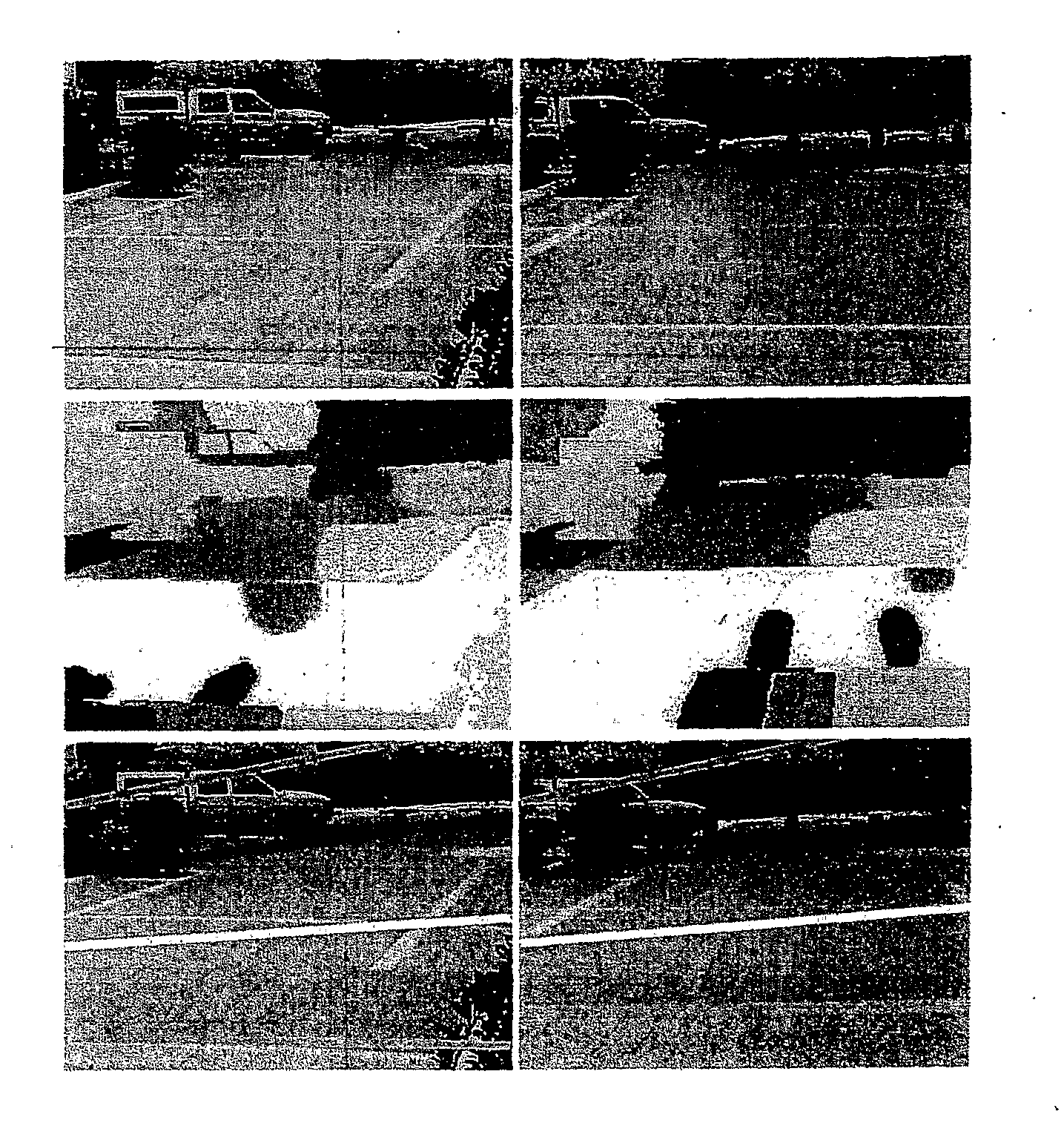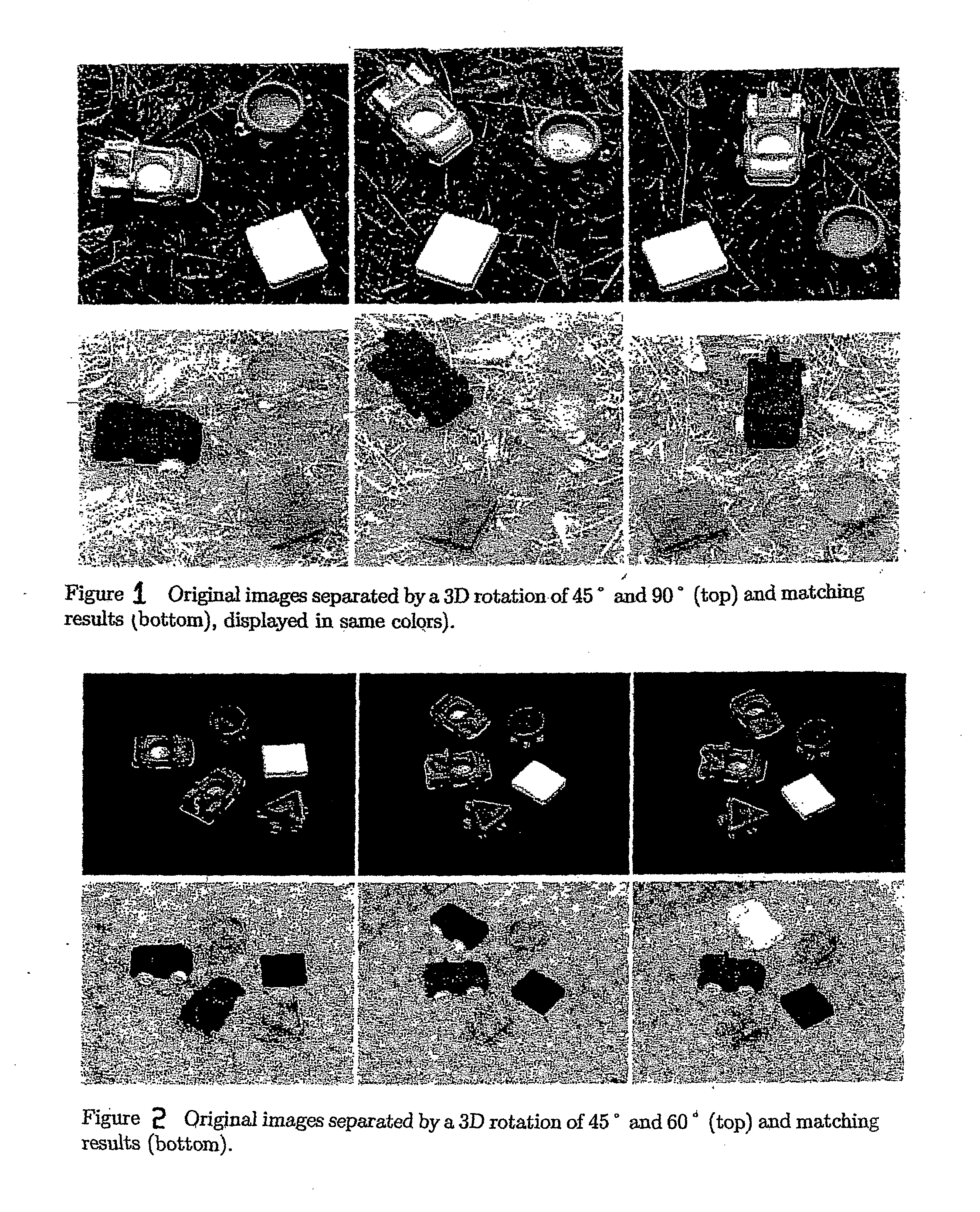Method and apparatus for matching portions of input images
a technology of input images and metric properties, applied in image enhancement, television systems, instruments, etc., can solve the problems of difficult correspondence tasks, which usually involve matching pixels or feature points, and the metric properties of images may not indicate the similarity between, so as to achieve better results
- Summary
- Abstract
- Description
- Claims
- Application Information
AI Technical Summary
Benefits of technology
Problems solved by technology
Method used
Image
Examples
Embodiment Construction
[0048]FIG. 21 shows a high level flow chart of the first version of the method and apparatus of the present invention. The process begins by constructing a hierarchical graph of aggregates for each of the 2D grayscale images separately. This is done by applying the Segmentation by Weighted Aggregation (SWA) algorithm [20, 21] to the images in block 10. Below is a brief outline of the SWA algorithm followed by a description of the inventive input graph.
[0049] Segmentation by Weighted Aggregation is an algorithm that uses algebraic multi-grid techniques to find salient segments according to a global energy function that resembles a normalized cuts measure. To find the salient segments the algorithm builds a pyramid of graphs whose nodes represent aggregates of pixels of various size scales, such that each aggregate contain pixels of coherent intensities. The following paragraph summarizes the main steps in the algorithm.
[0050] At the finest (=pixel) level a graph is constructed. Eac...
PUM
 Login to View More
Login to View More Abstract
Description
Claims
Application Information
 Login to View More
Login to View More - R&D
- Intellectual Property
- Life Sciences
- Materials
- Tech Scout
- Unparalleled Data Quality
- Higher Quality Content
- 60% Fewer Hallucinations
Browse by: Latest US Patents, China's latest patents, Technical Efficacy Thesaurus, Application Domain, Technology Topic, Popular Technical Reports.
© 2025 PatSnap. All rights reserved.Legal|Privacy policy|Modern Slavery Act Transparency Statement|Sitemap|About US| Contact US: help@patsnap.com



